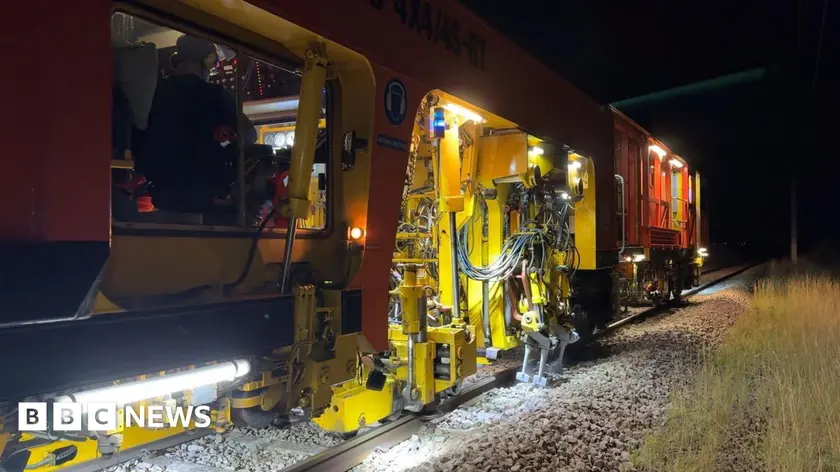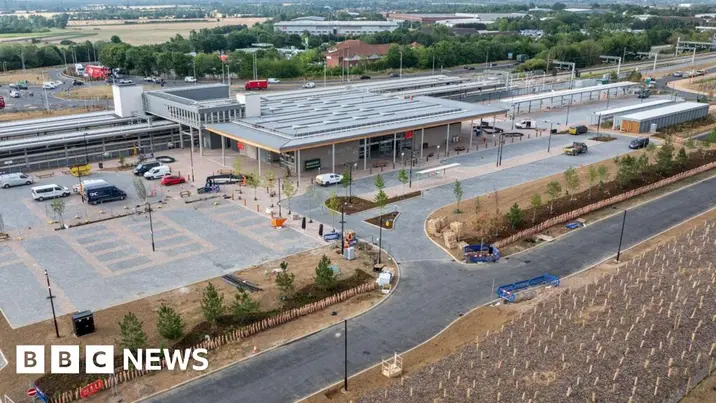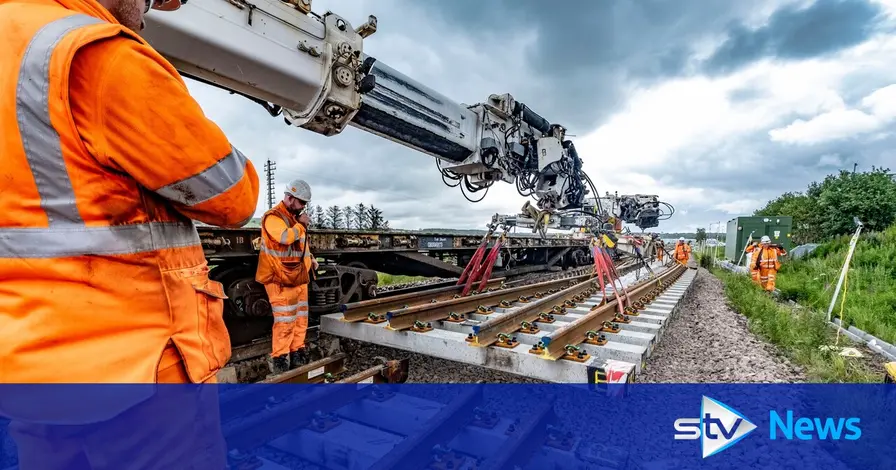T4K3.news
Essex rail tracks to be shored up after clay soil shrinkage
Engineering works will shore up tracks in parts of Essex after hot weather caused clay soil to shrink, with buses replacing trains.

Hot weather has caused clay soil to shrink under railway lines in parts of Essex, prompting engineering works and bus replacements.
Essex rail tracks to be shored up after clay soil shrinkage
Engineering teams have started work to shore up tracks in parts of Essex where clay soil has become uneven after a spell of hot weather. Trains on the Shenfield to Southend Victoria and Shenfield to Southminster routes will be replaced by buses during late evening works that begin on Monday. The disruption is expected to last for two to three months as crews carry out underpinning and surface restoration to restore stability under the lines.
Network Rail explained the problem stems from clay soil that dries and compact under prolonged heat, causing the track to become uneven. The company noted this season is the driest spring and early summer in more than 50 years, a climate pattern that adds urgency to the upgrade.
Key Takeaways
"which is being affected by the driest spring and early summer in more than 50 years"
climate conditions driving soil shrinkage
"teams would work over the next two to three months to improve the condition under the tracks"
work plan and timeline
"services between Shenfield and Southend Victoria and Southminster would be affected by the late evening work"
service disruption
This work underscores how climate stress can turn a routine maintenance task into a longer disruption for commuters. Replacing trains with buses reduces risk of a bigger outage, but it also transfers the burden to road networks and riders.
Essex shows how aging infrastructure meets shifting weather. If the plan succeeds, it could become a model for stabilizing trackbeds quickly; if not, delays and costs will rise and trust with passengers could erode.
Highlights
- The driest spring and early summer in more than 50 years
- Two to three months of work and counting
- When the ground shifts schedules shift with it
- Clay under the rails tests patience and planning
As weather patterns shift, routine upgrades may be the new normal for rail travel
Enjoyed this? Let your friends know!
Related News

Rail services in southern England reduced due to dry conditions

Beaulieu Park station may open early

China grapples with significant industrial overcapacity

Evacuation at Heathrow Airport causes travel chaos

DfT relocates hundreds of staff to state-owned rail operator

Emergency response team investigates object near railway

Tragedy in Durham as person dies after train accident

Cathcart Circle railway line closing for upgrades
